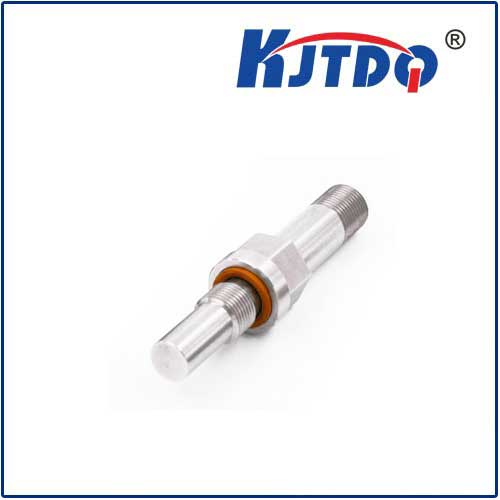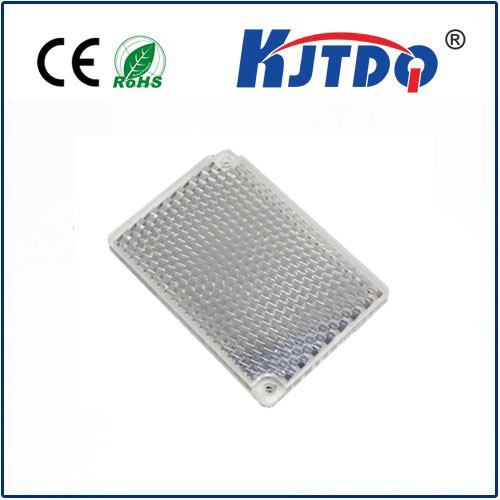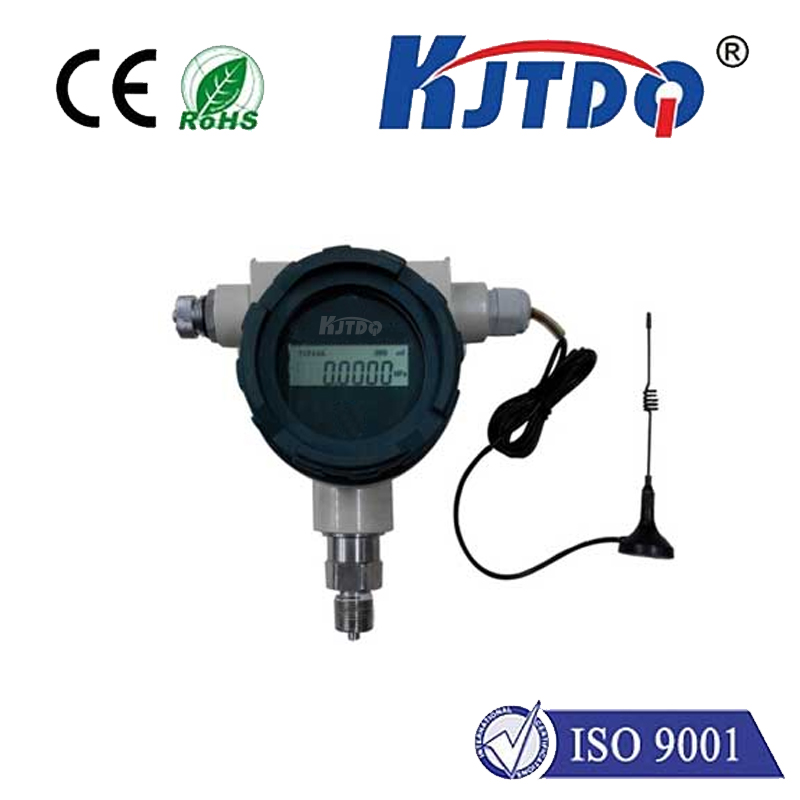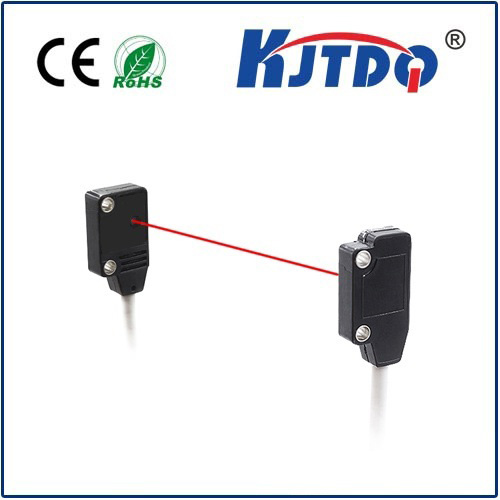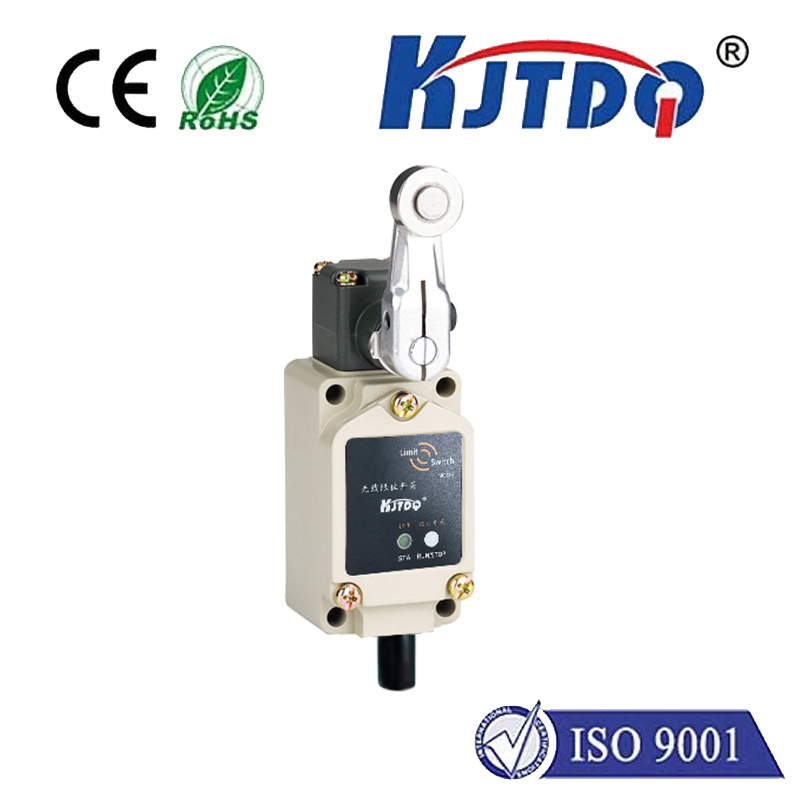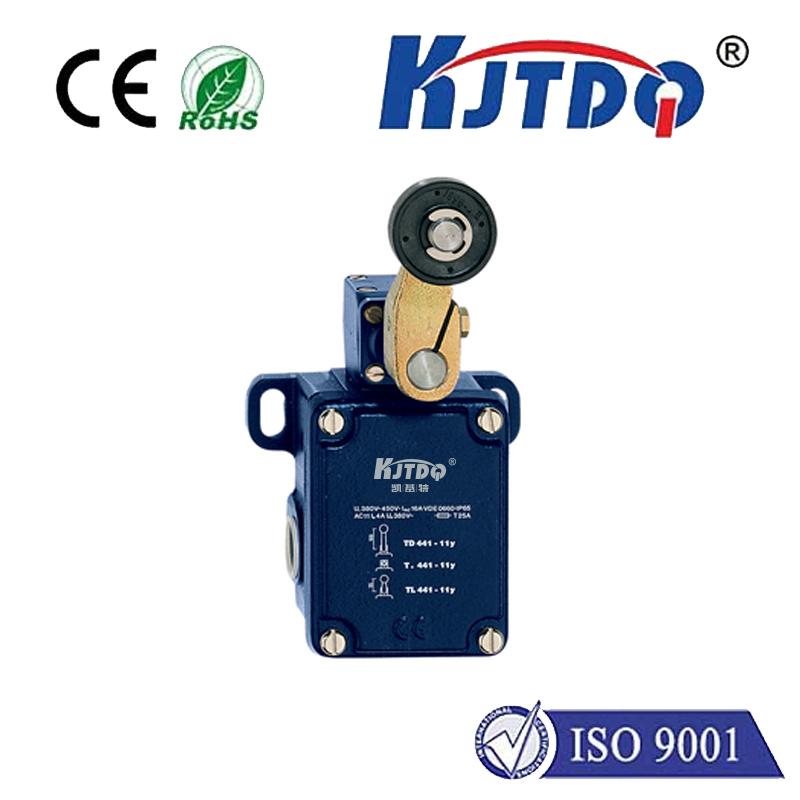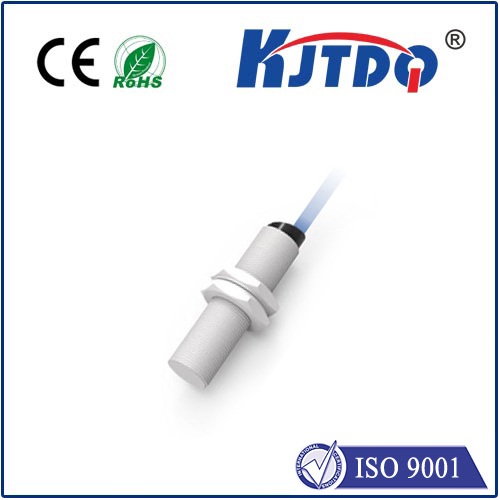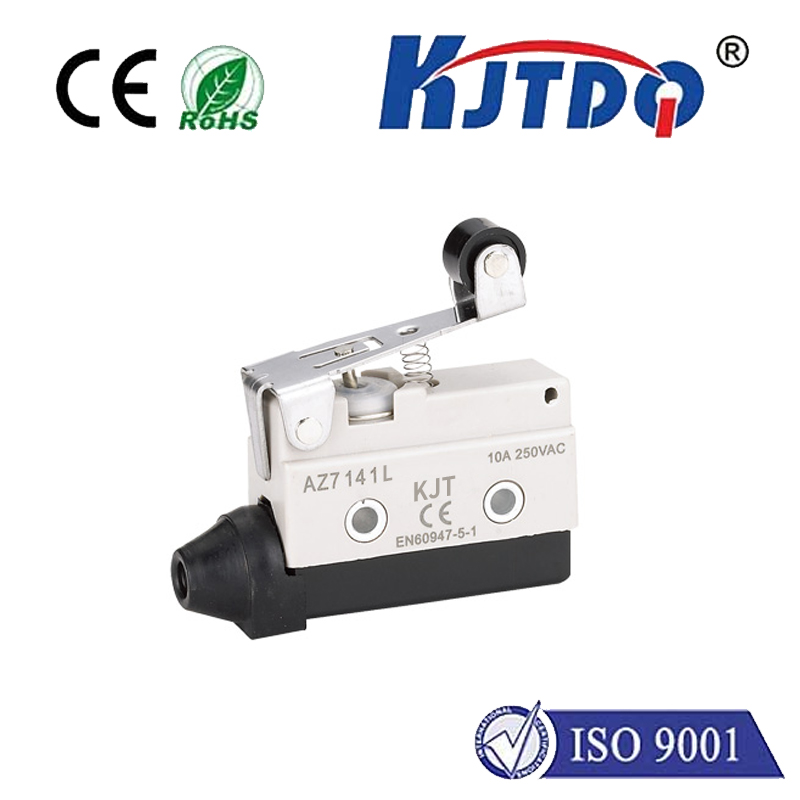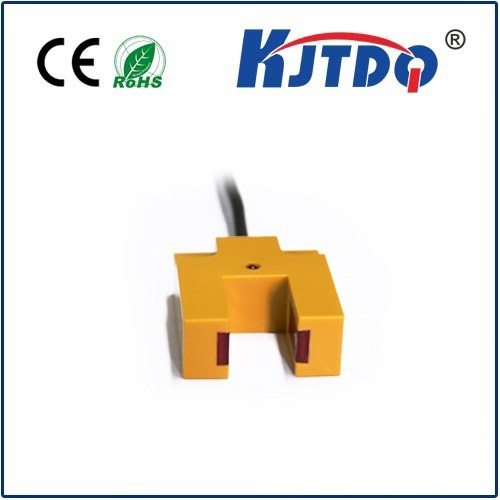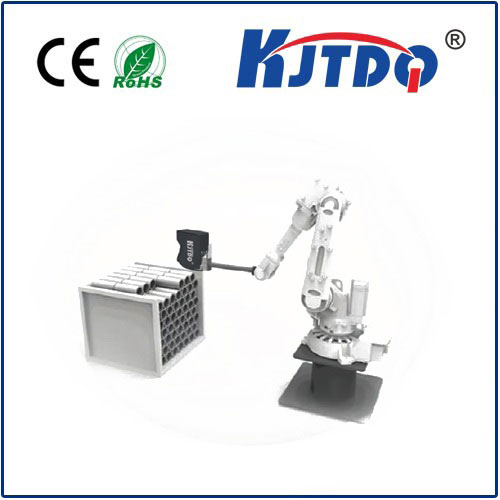
check

check

check

check
Magnetic sensors and Hall sensors are two common sensor types, and they have some obvious differences in terms of working principle, number of plug wires, and external power requirements.
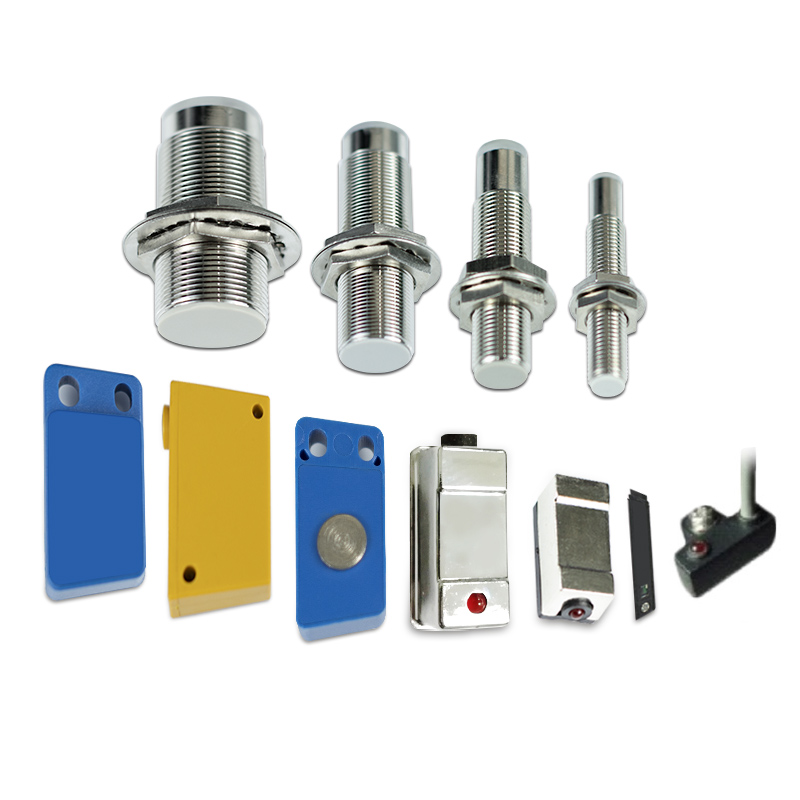
First, there is the difference in the number of plugs. Hall sensors have three external plug-in wires, two of which are power wires and one is a signal wire, while magnetic sensors only have two signal wires.
Secondly, an important feature that differentiates them is the external power requirement. A Hall sensor is an "active" sensor that requires an external power supply, while a magnetic sensor is a "passive" sensor that does not require an external power supply.
Another important difference is how it works. A magnetic sensor is a sensor that uses the principle of electromagnetic induction to convert input motion speed into induced potential output. It can convert the mechanical energy of the measured object into an easy-to-measure electrical signal without the need for auxiliary power supply.
In contrast, Hall sensors work based on the principle of the Hall effect. Under the action of the Lorentz force, when passing through the Hall semiconductor, the electron flow of the current I will be deflected to one side, causing the film to generate a potential difference in the CD direction, thereby generating the Hall effect voltage. For proper operation, Hall sensors require auxiliary power supply.
In summary, the differences between magnetic sensors and Hall sensors are mainly reflected in the number of plug wires, external power requirements and working principles. Understanding these differences will help you select the right sensor for your specific application.
If you have any more questions about magnetic sensors and Hall sensors, please leave a message to communicate with us. We will try our best to provide you with help and answers.
